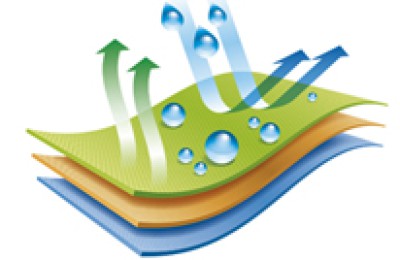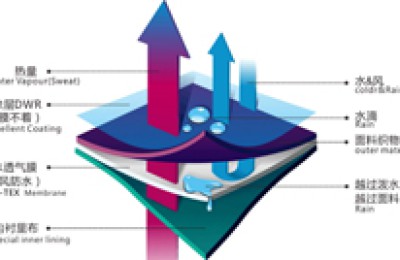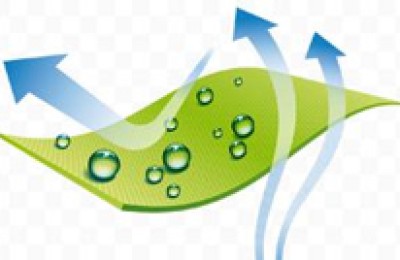Nicaragua has benefited from the duty-free quota system (TPL) for textile products exported to the United States in the Nigeria Export Processing Zone for 10 years, and can import a total of 100 million from outside the CAFTA-DR (Free Trade Agreement between the United States, 5 Central American countries and the Dominican Republic) every year. Square meters of cloth and yarn are processed and exported to the United States duty-free.
This system expires at the end of 2014, and the U.S. government has not yet determined whether it will be extended. Currently, textiles processed from fabrics outside the region are subject to 20% to 30% tariffs when sold in the United States. This applies to Nigeria’s processing zones. The domestic textile and garment industry has been impacted.
However, in fact, Nigeria still has advantages such as good public security, stable economy, preferential investment measures provided by the government in processing zones, and FTAs with major markets such as North America and the European Union. Currently, foreign investment continues to enter.
The Nigerian Textile and Garment Industry Association (ANITEC) stated that Haiti has signed a preferential tariff agreement on textiles with the United States, and wages are 30% lower than in Nigeria. South Korean manufacturers that invest in the country’s textile and garment industry also invest in and set up factories in Nigeria. However, these manufacturers did not withdraw their investment due to the expiration of Nigeria’s TPL. On the contrary, they even sent their Haitian employees to Nigeria for training. The main reason was that Haiti’s political and economic situation was chaotic and the quality of workers was poor, while Nigeria had the aforementioned comparative advantages.
According to data from the Central Bank of Nigeria, Nigeria’s textile exports from January to March 2015 were US$361.8 million, a decrease of 7.7% compared with the same period in 2014. 93% of the export market is concentrated in the United States.
Alvaro Baltodano, Investment Advisor to the President of Nigeria, pointed out that although Nigeria’s textile and garment industry has experienced a short-term recession, Nigeria has the advantages of economic stability and judicial protection, and is still a foreign investment choice. He pointed out that in January this year, textile exports from the processing zone declined by 10 %, but the decrease slowed to 7% and 5% in February and March. It is expected that the textile and garment industry will resume growth by the end of this year.
According to the Association of Private Processing and Exporting Zones of Nicaragua (FCNZFP), Nicaragua’s processing and exporting zones have a factory area of 1.5 million square meters, with only 5% of vacant space. By the end of 2014, they directly employed 110,000 employees.
According to statistics from the Processing and Export Zone Management Committee (CNZF), the main sources of investment and the number of manufacturers in Nigeria’s processing zones in 2013 were: 50 from the United States, 31 from Nigeria, 29 from South Korea, 8 from Mexico, 4 from Taiwan, and Denmark 3 companies, 2 companies in Spain, etc.
Nicaragua loses duty-free quota quota for textiles exported to U.S.
Nicaragua has benefited from the duty-free quota system (TPL) for textile products exported to the United States in the Nigeria Export Processing Zone for 10 years, and can import a total of 100 million from ou…
This article is from the Internet, does not represent Composite Fabric,bonded Fabric,Lamination Fabric position, reproduced please specify the source.https://www.yjtextile.com/archives/12159




